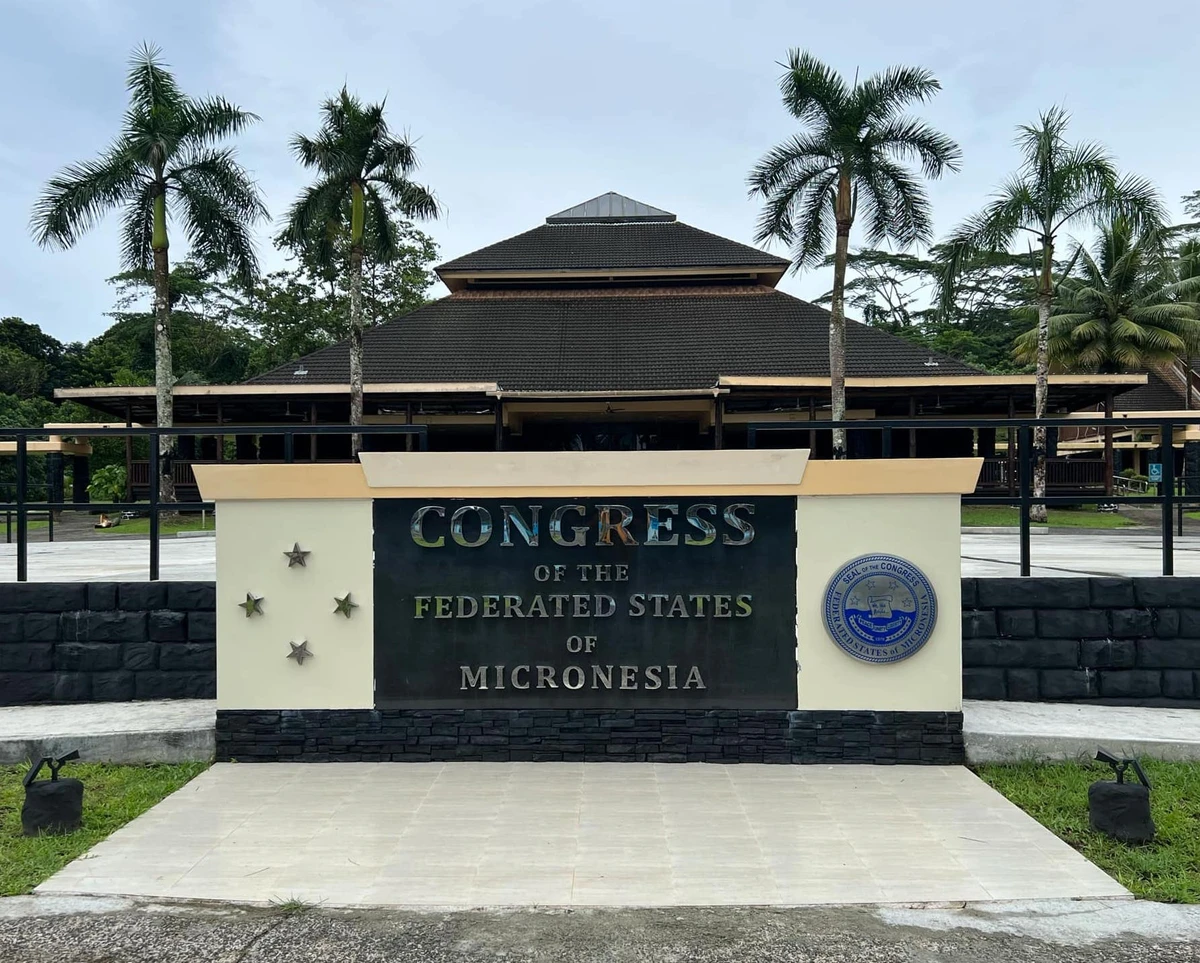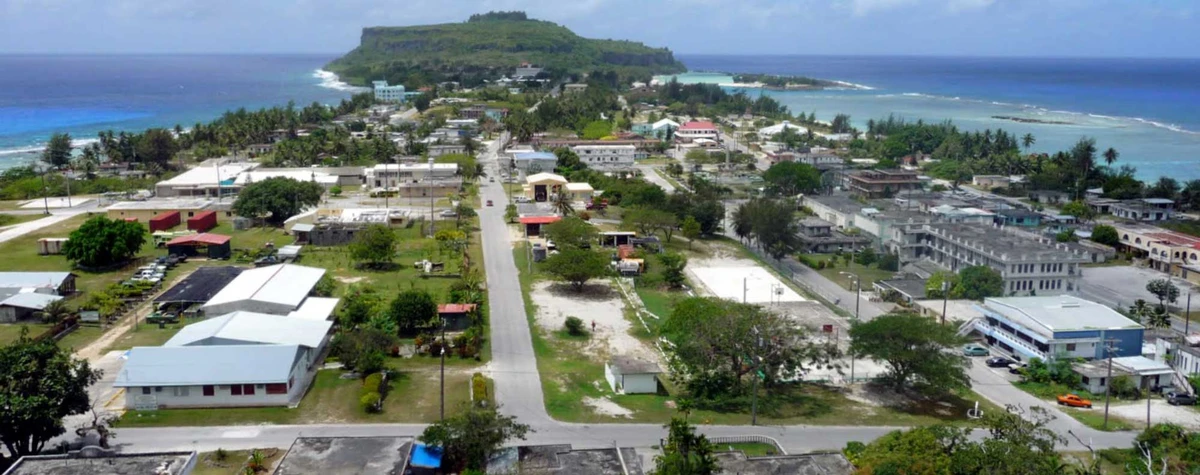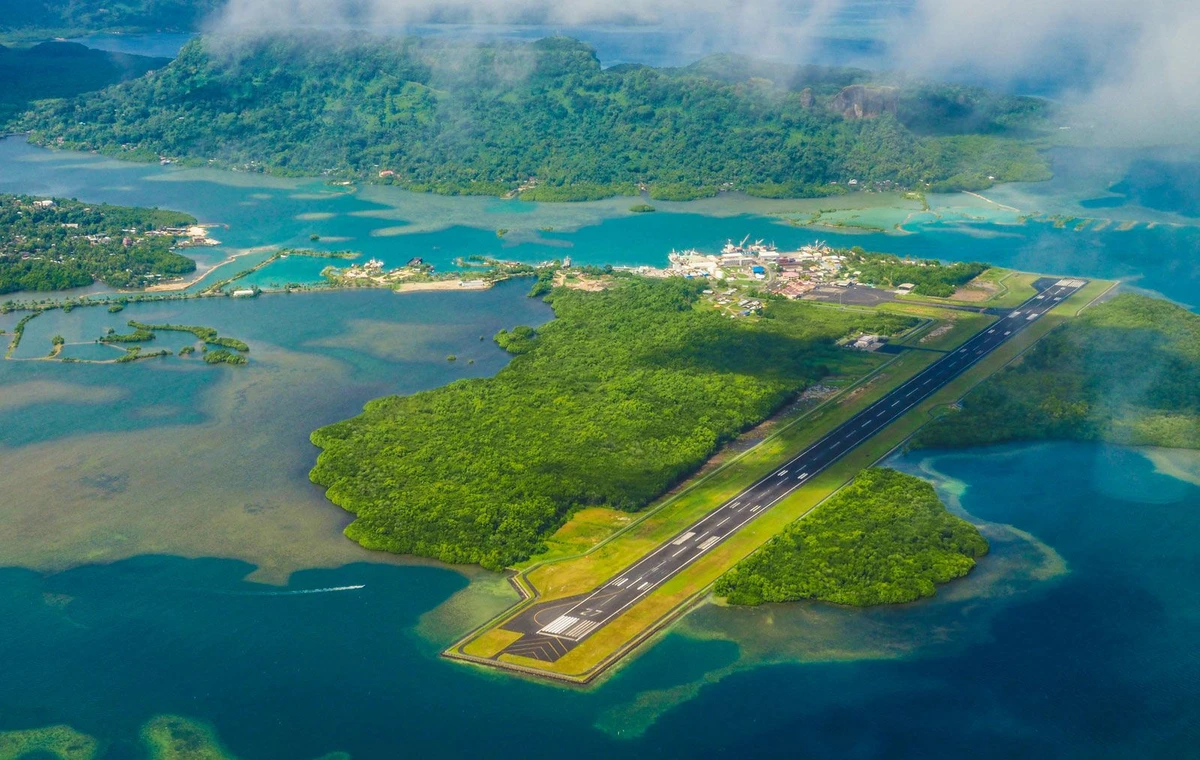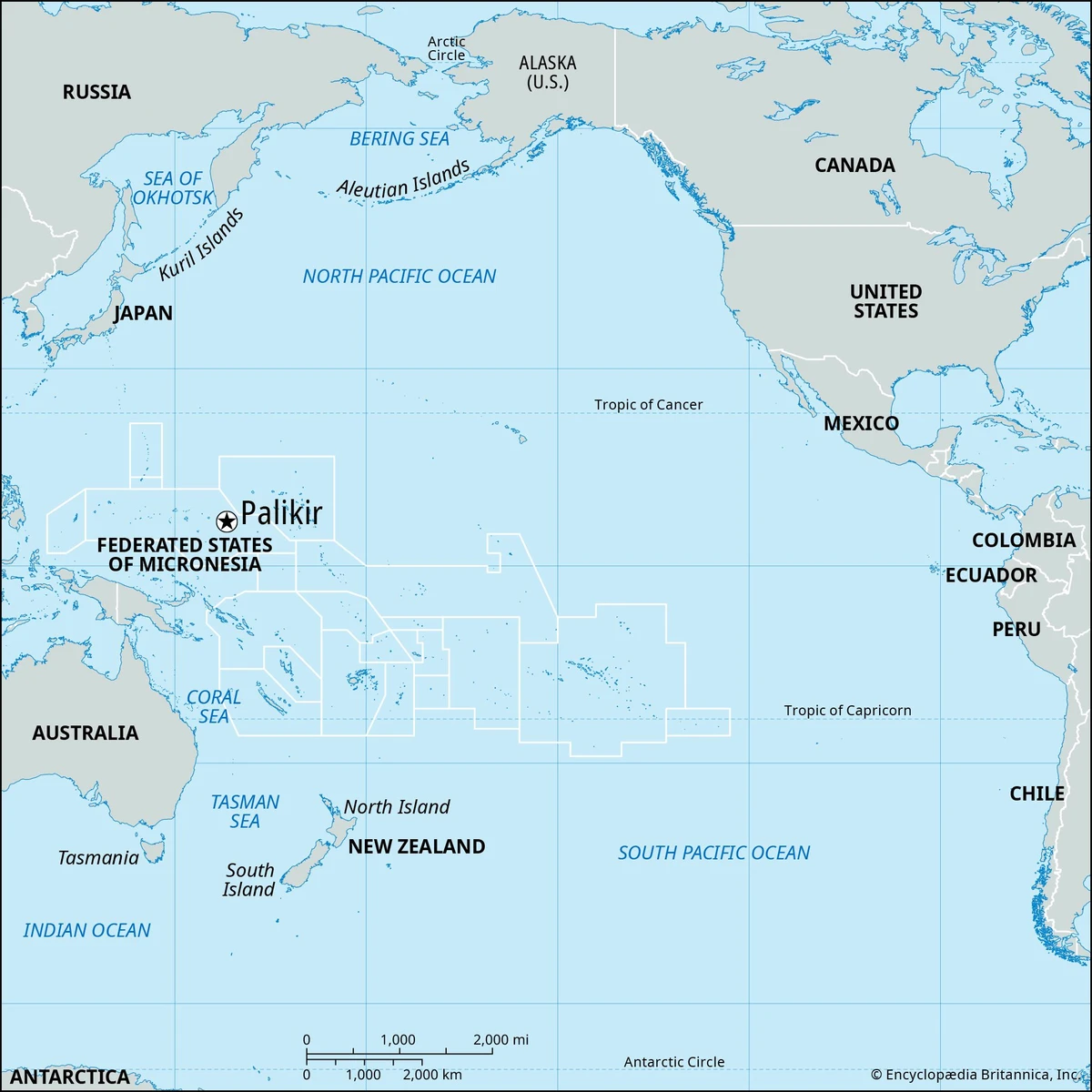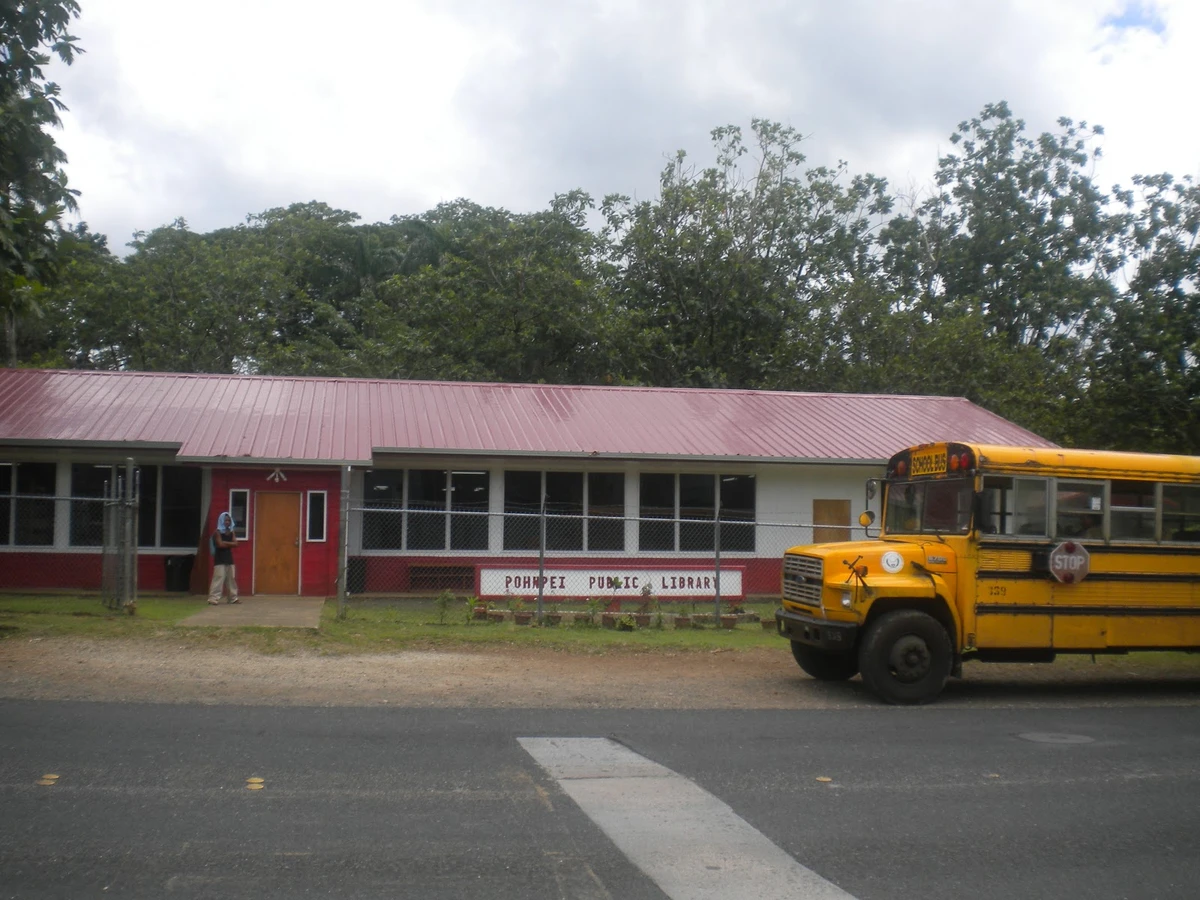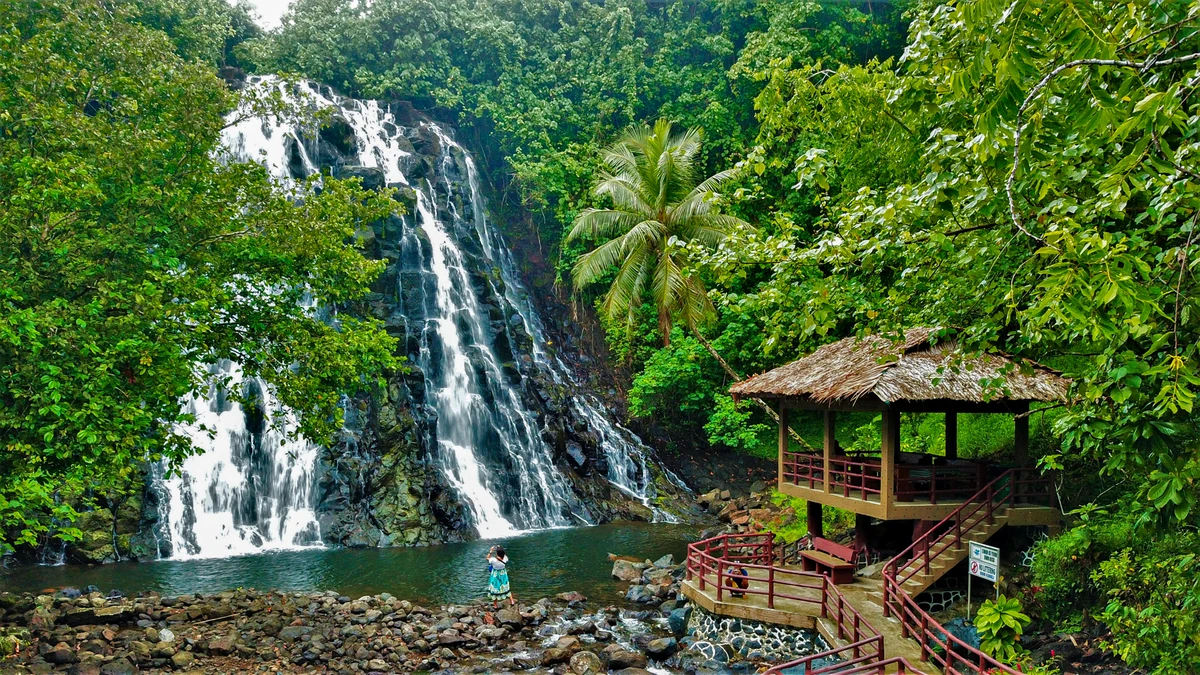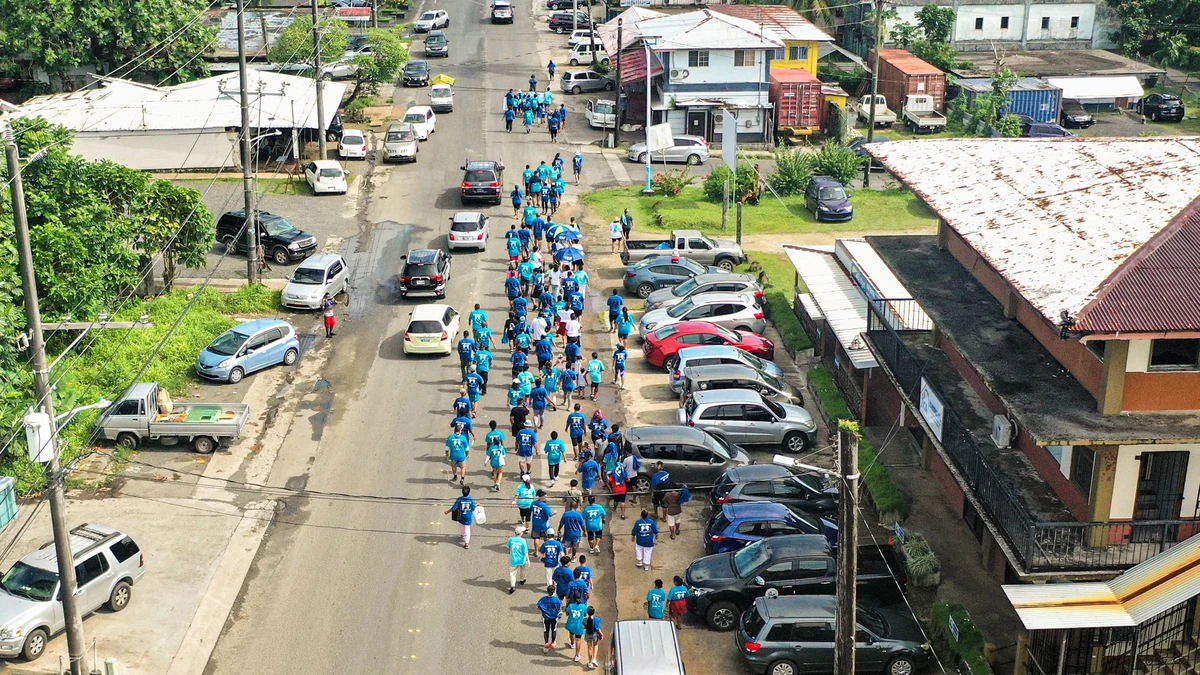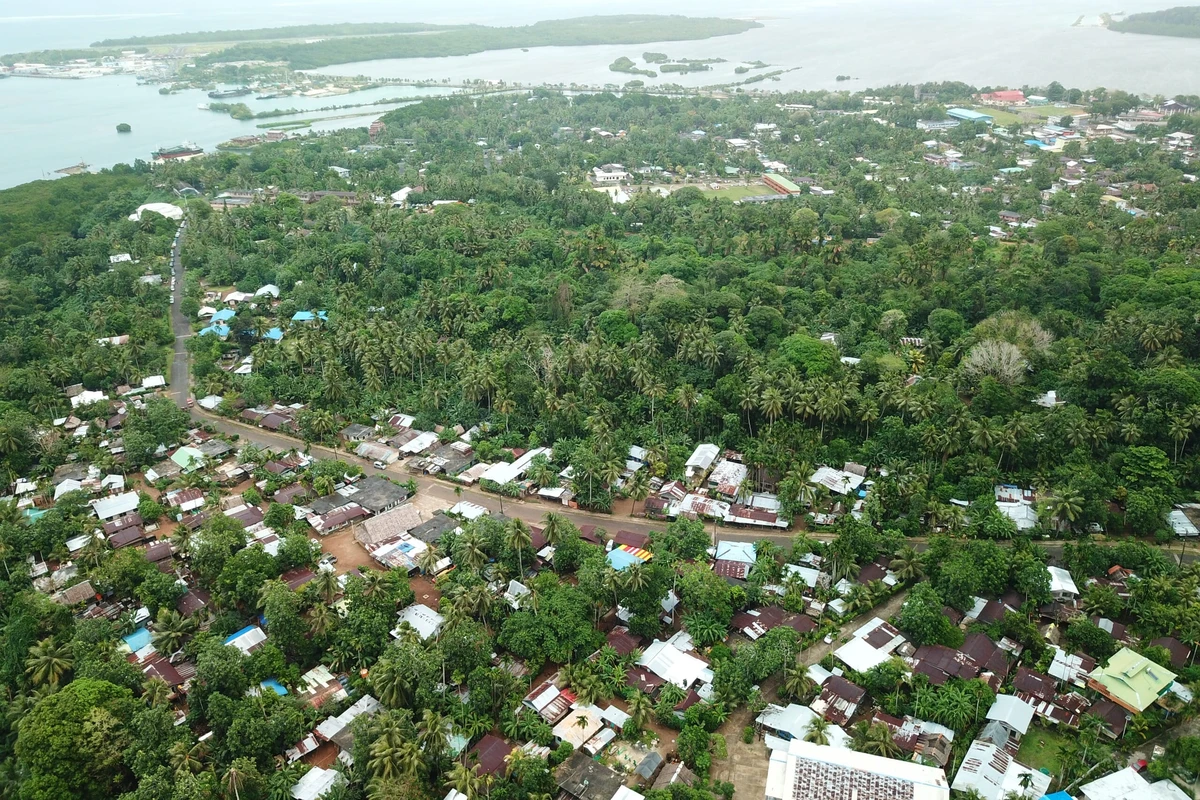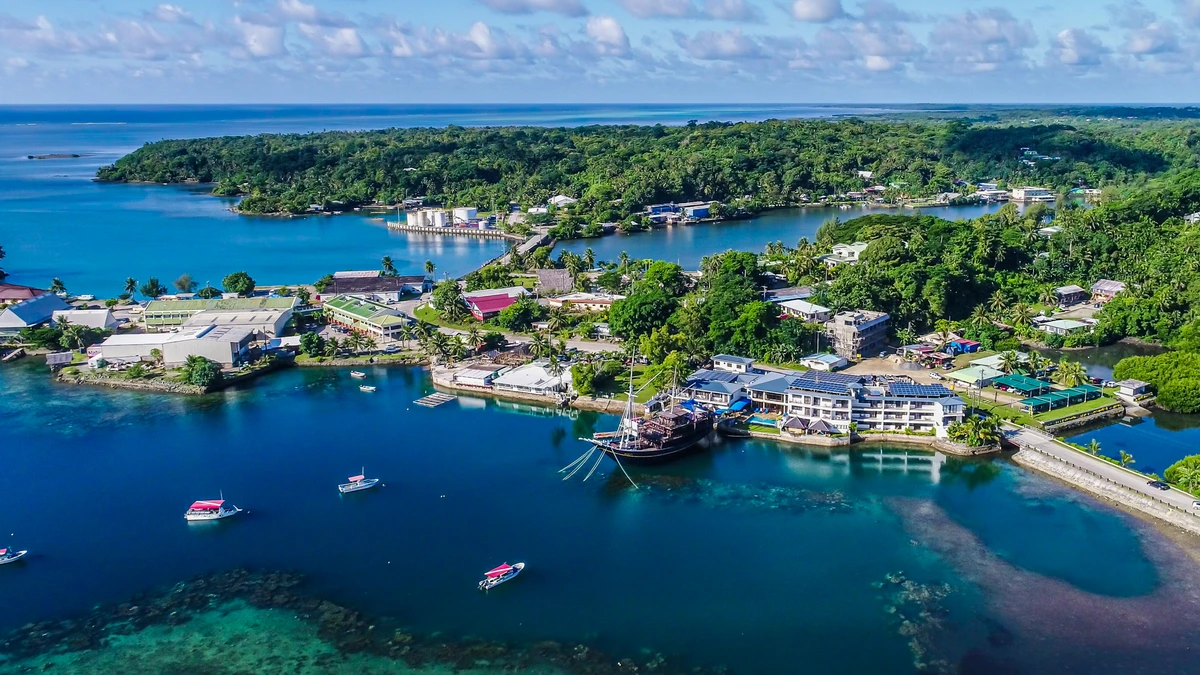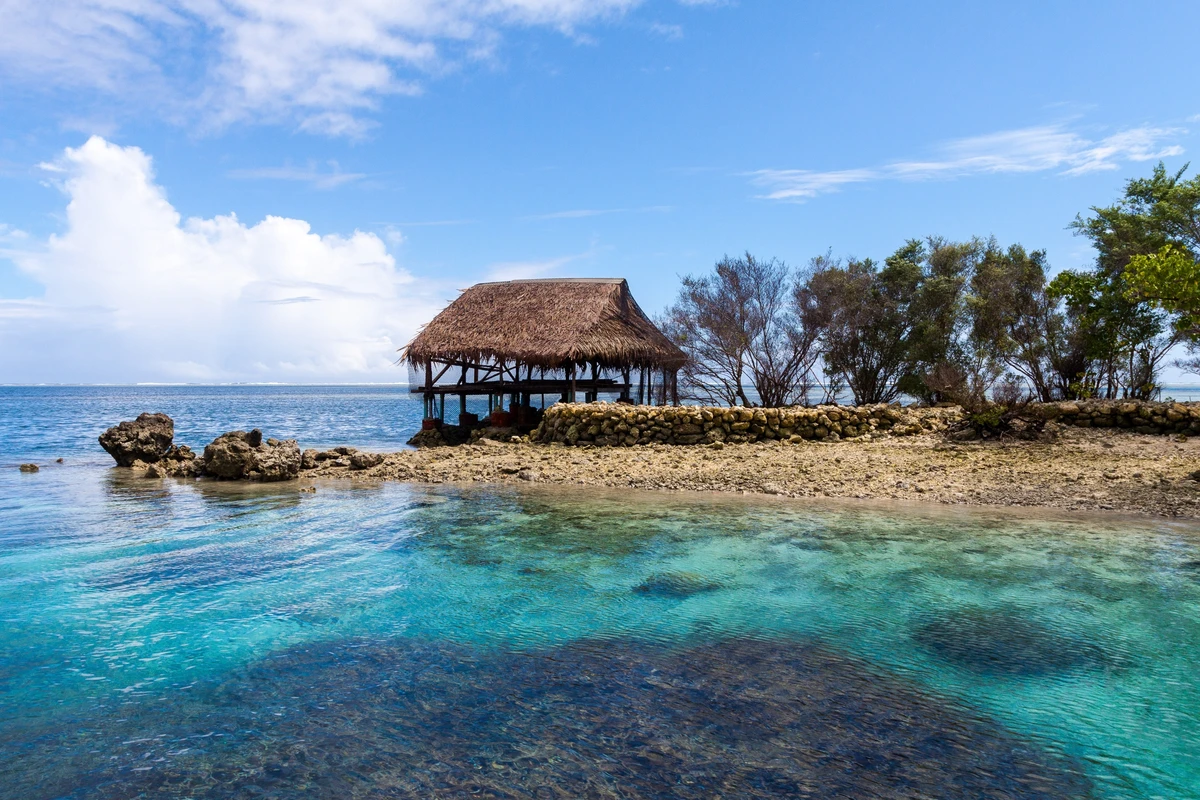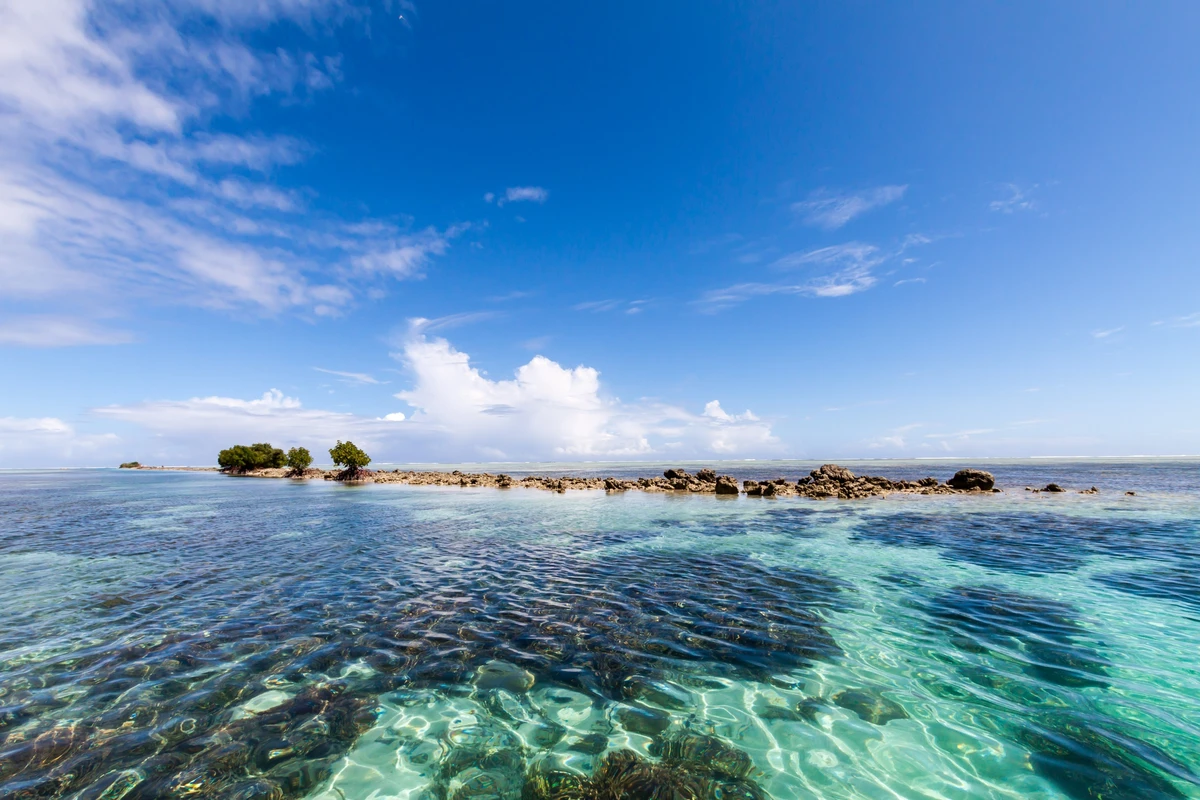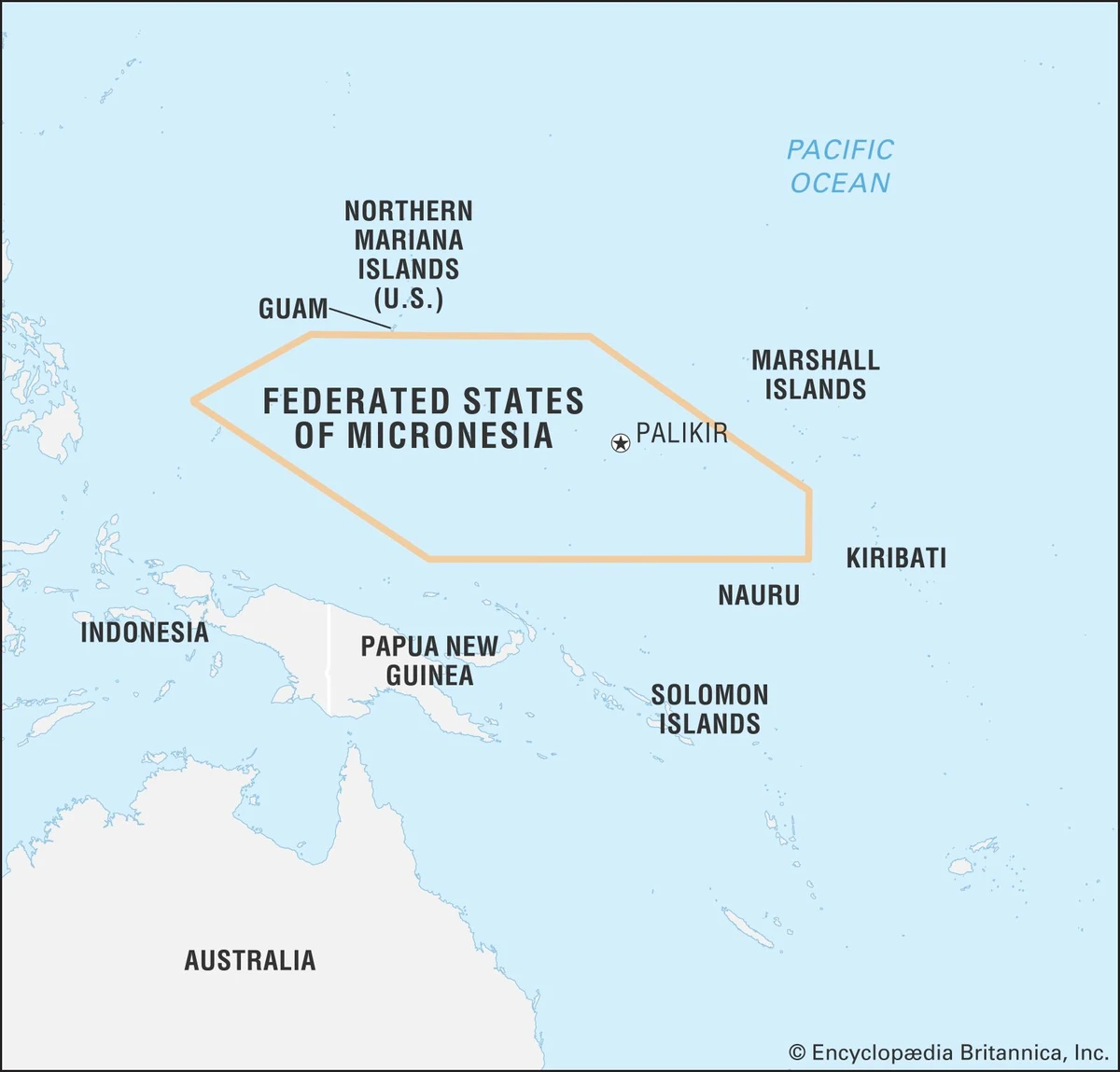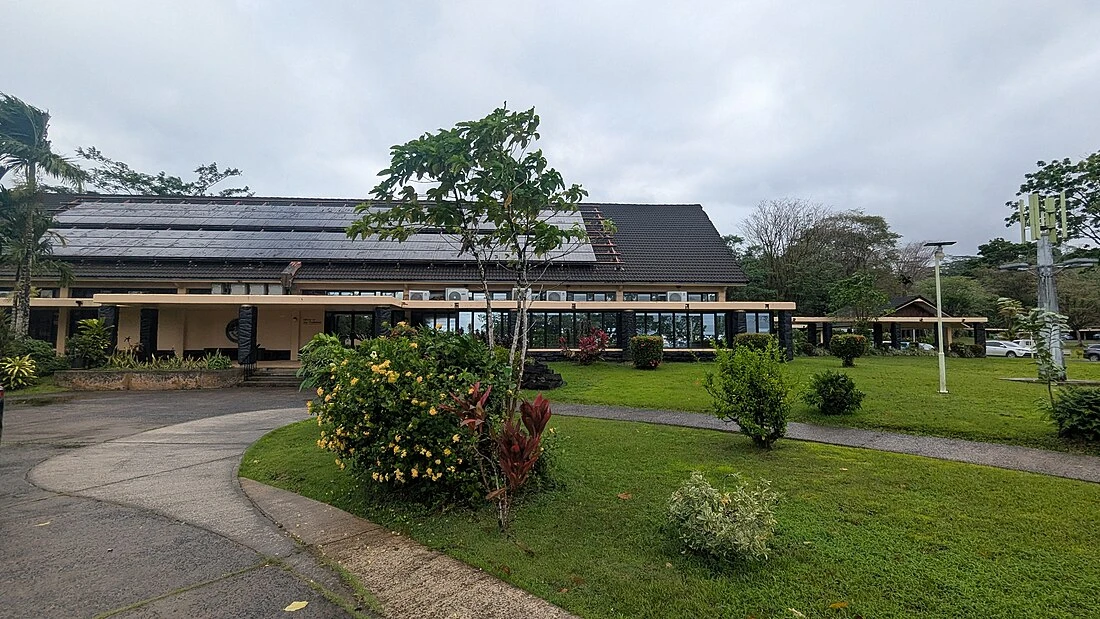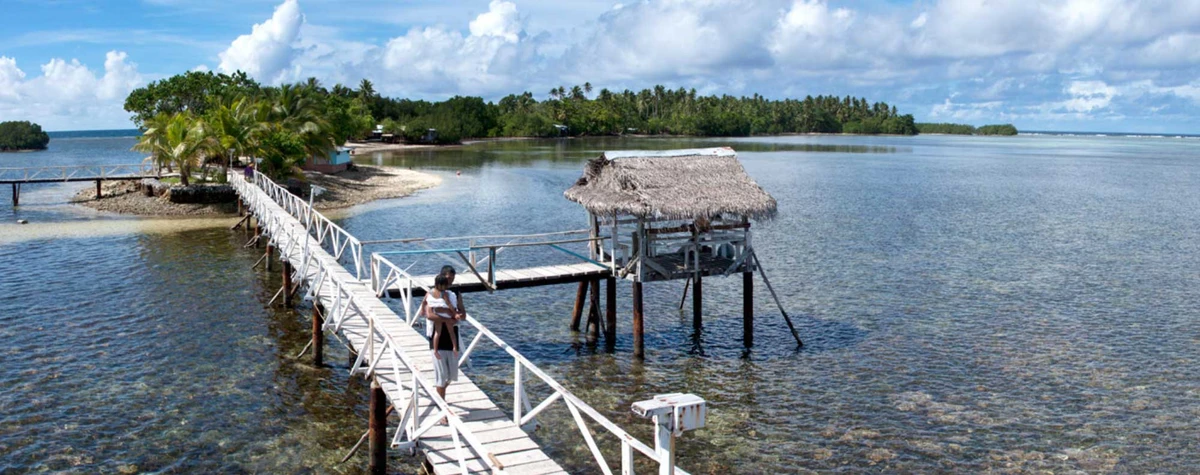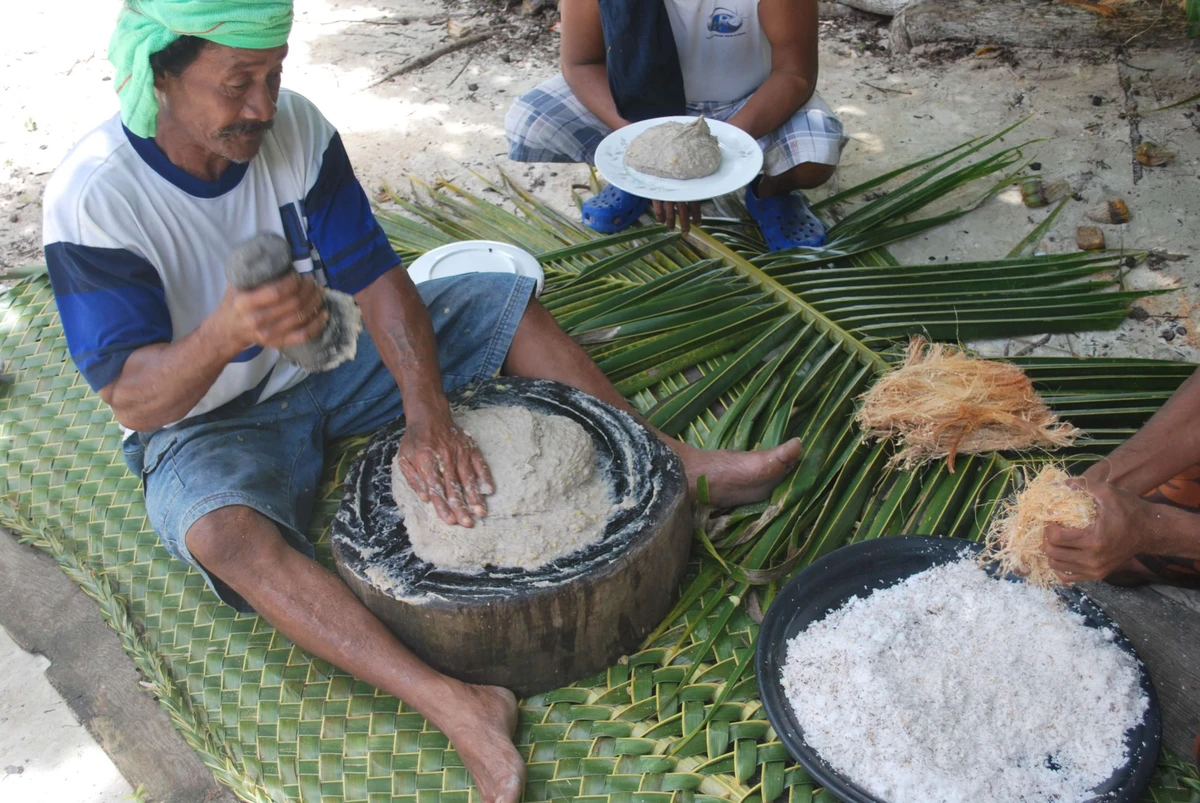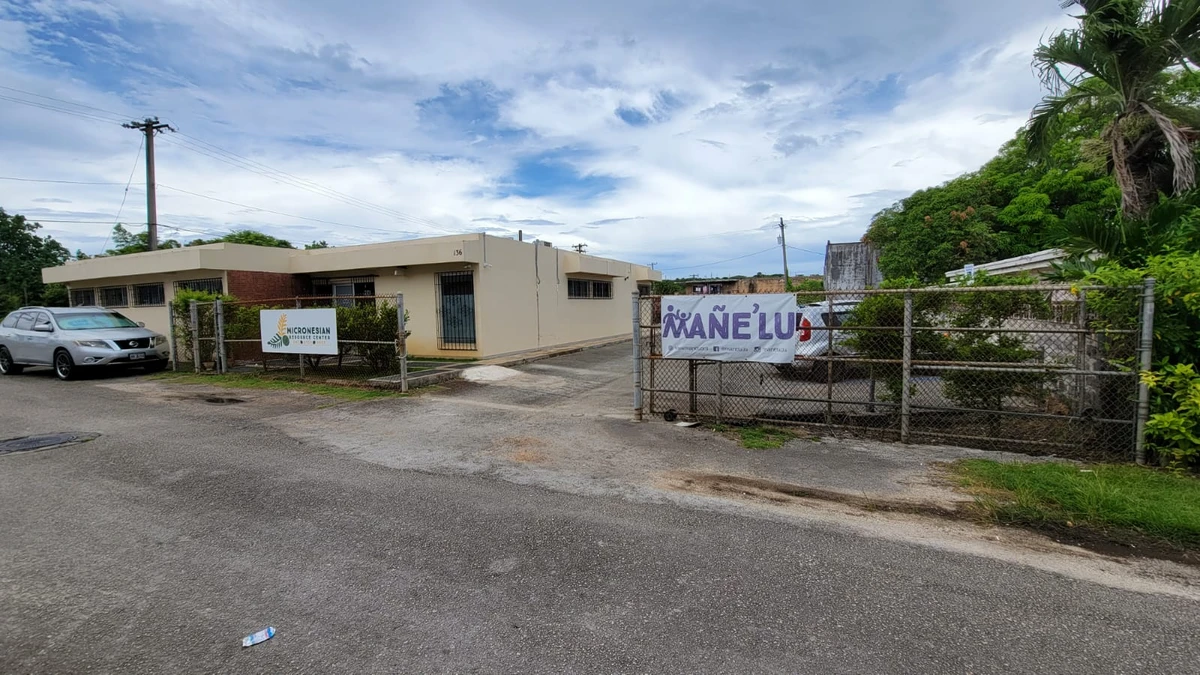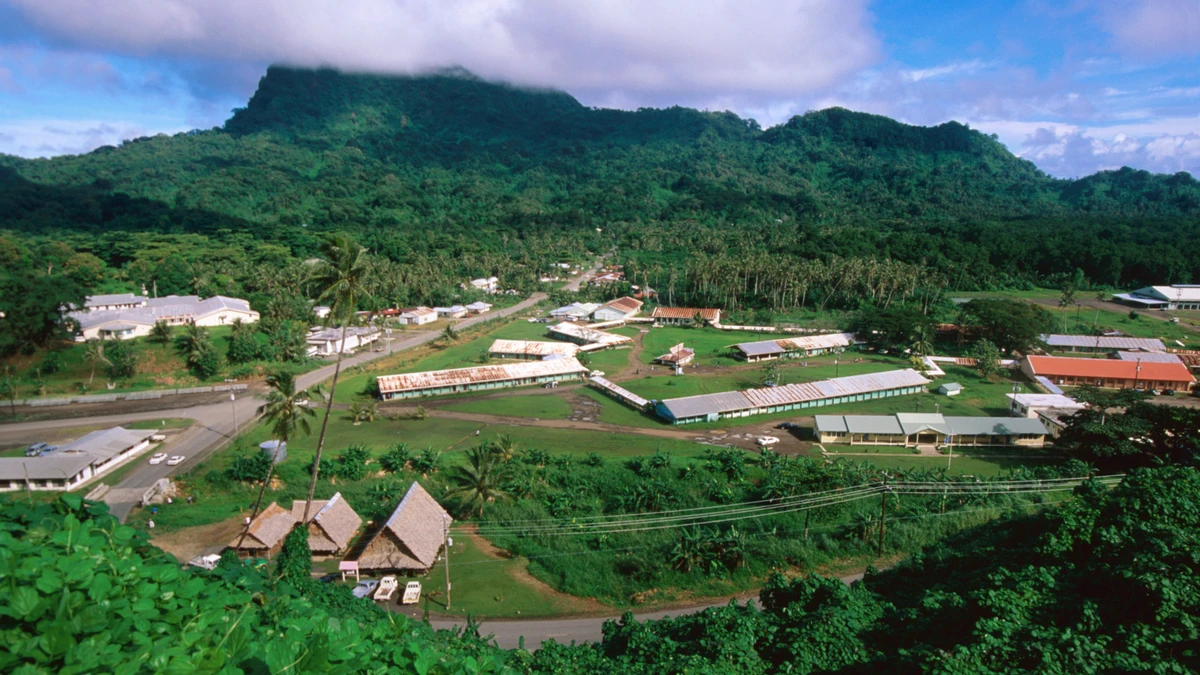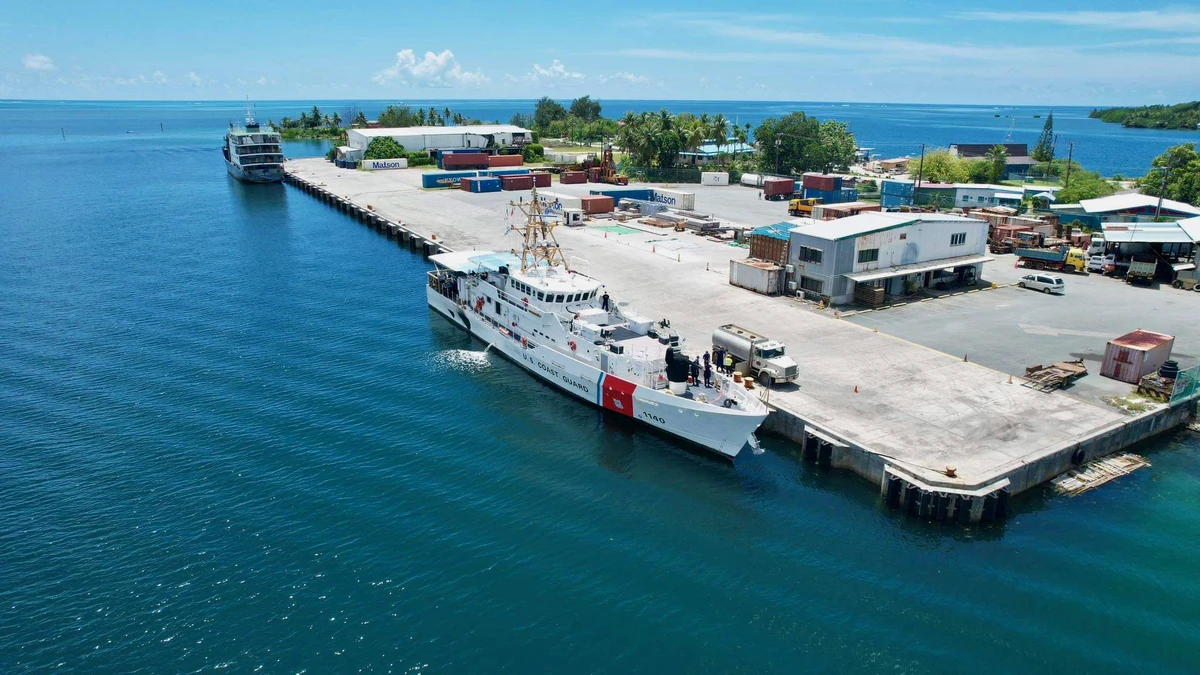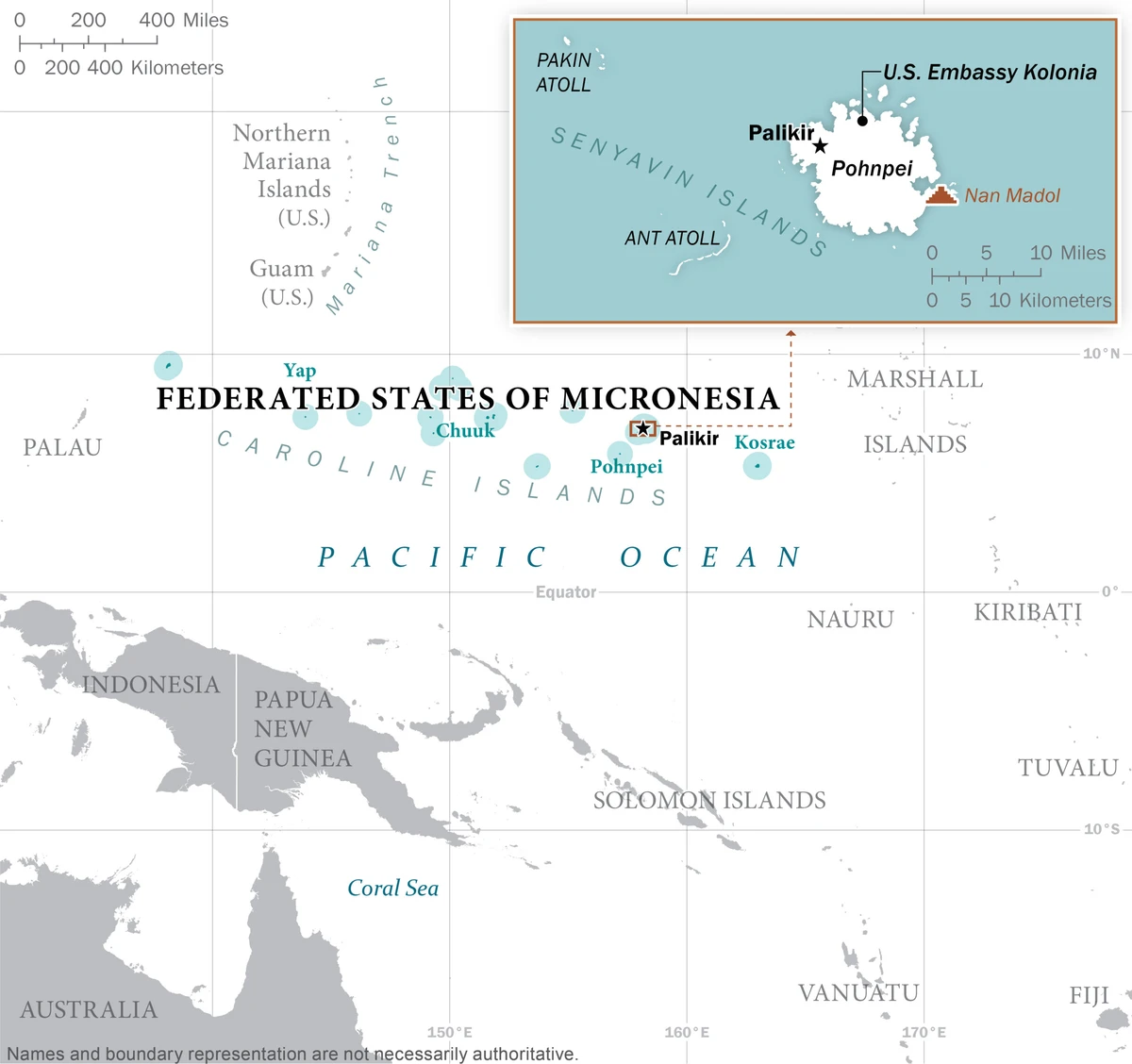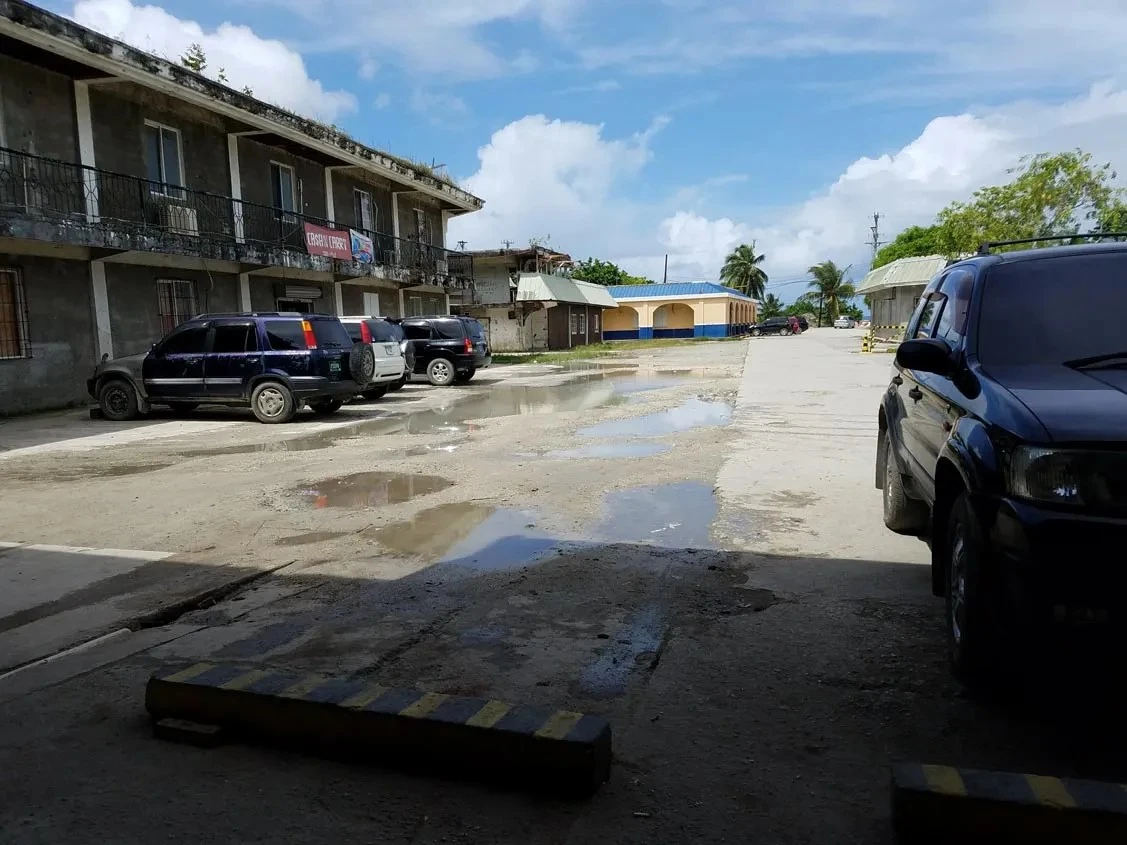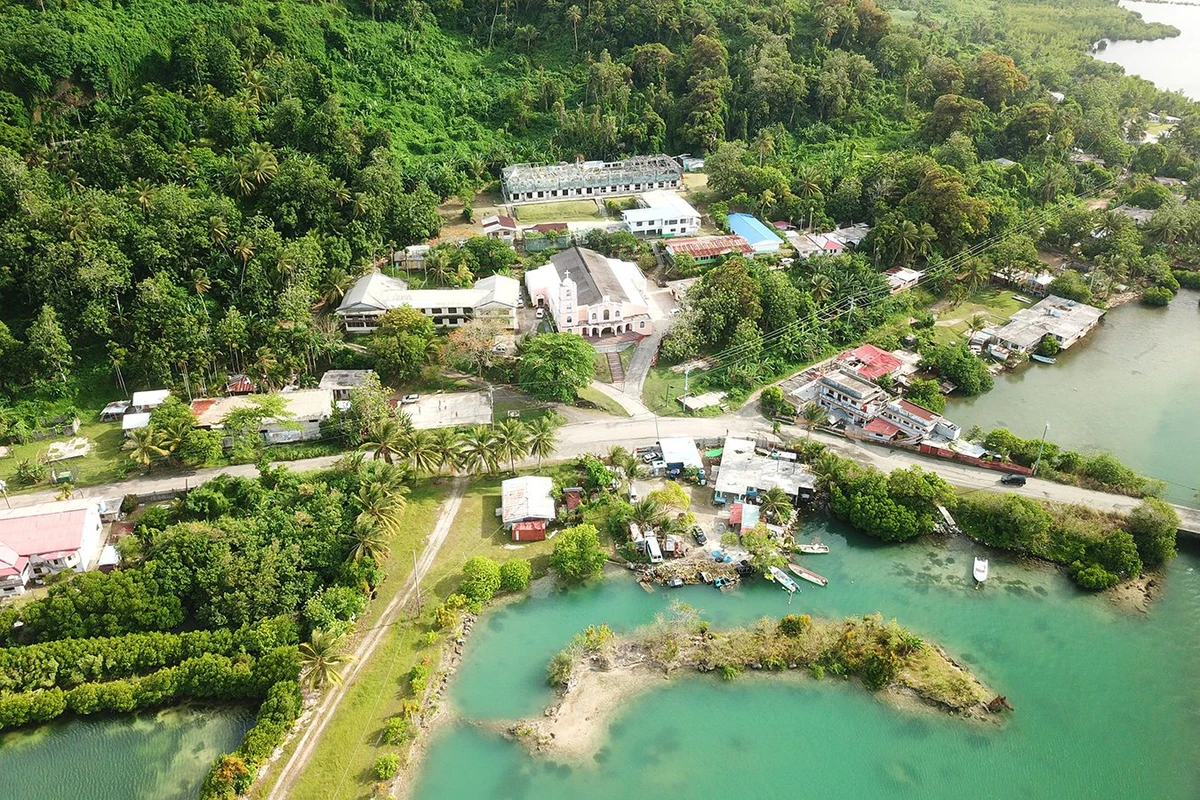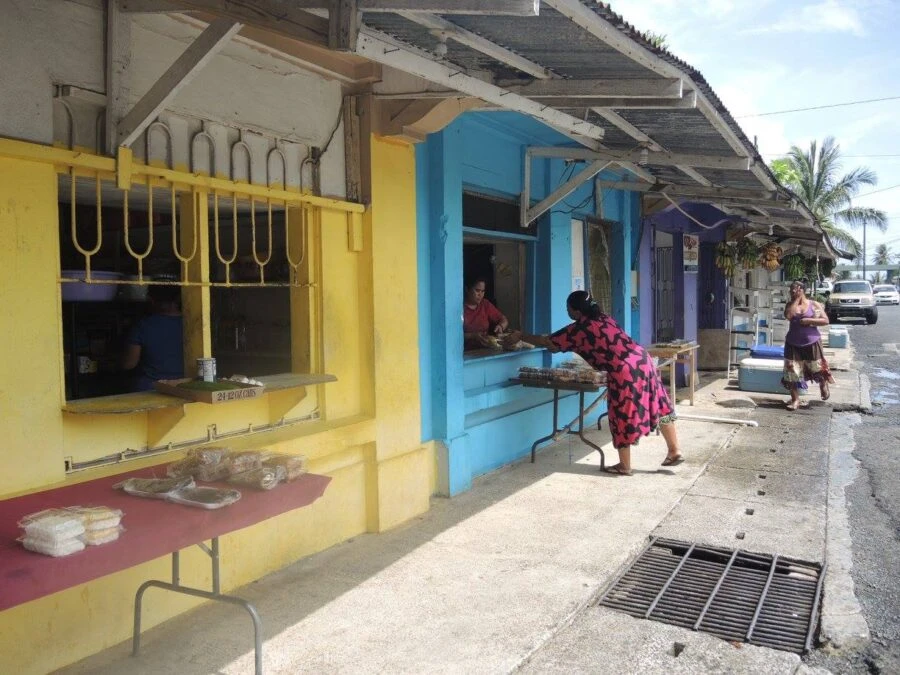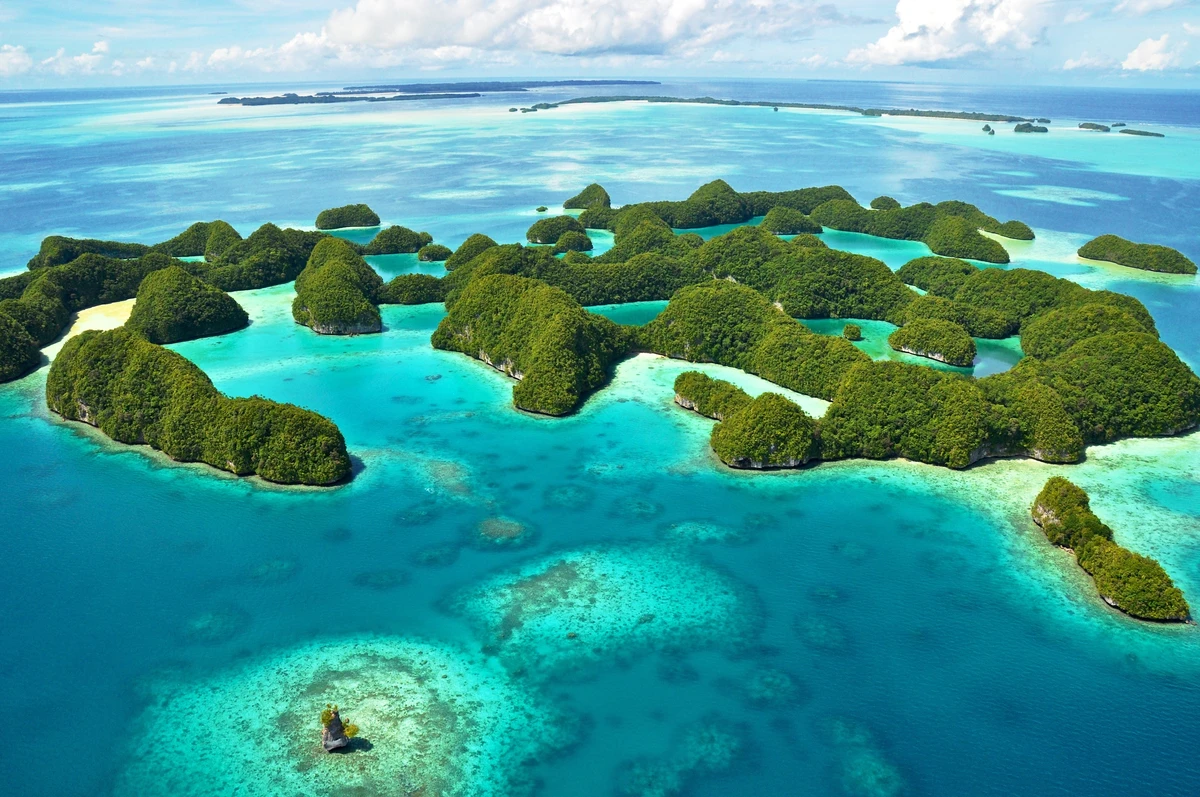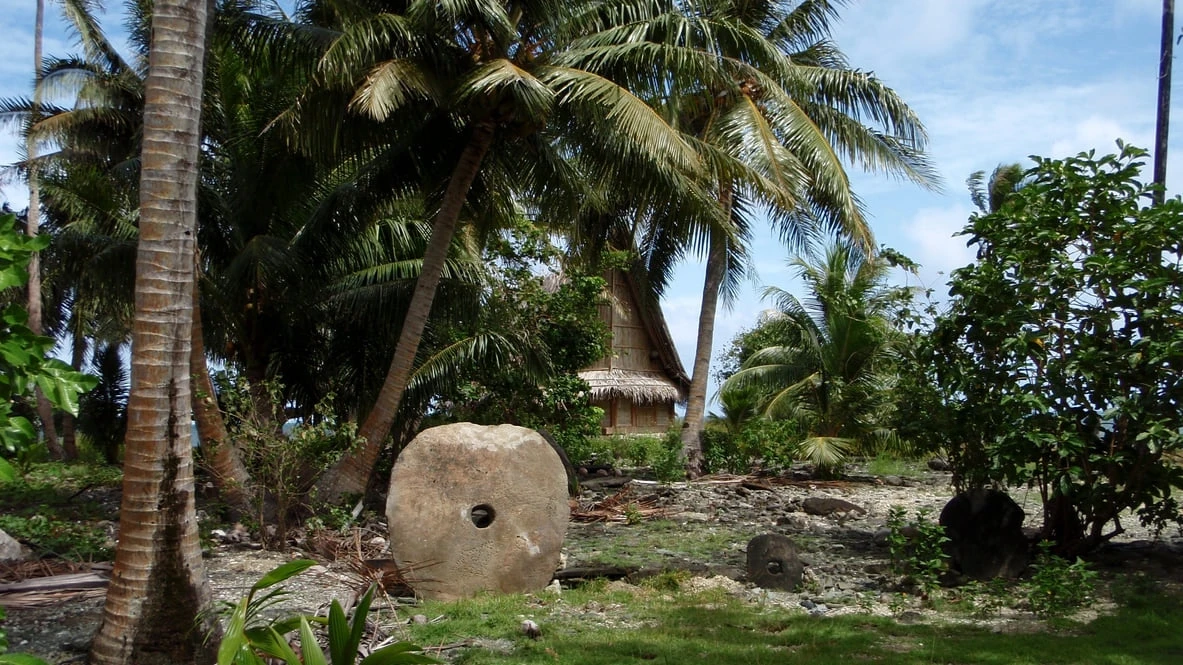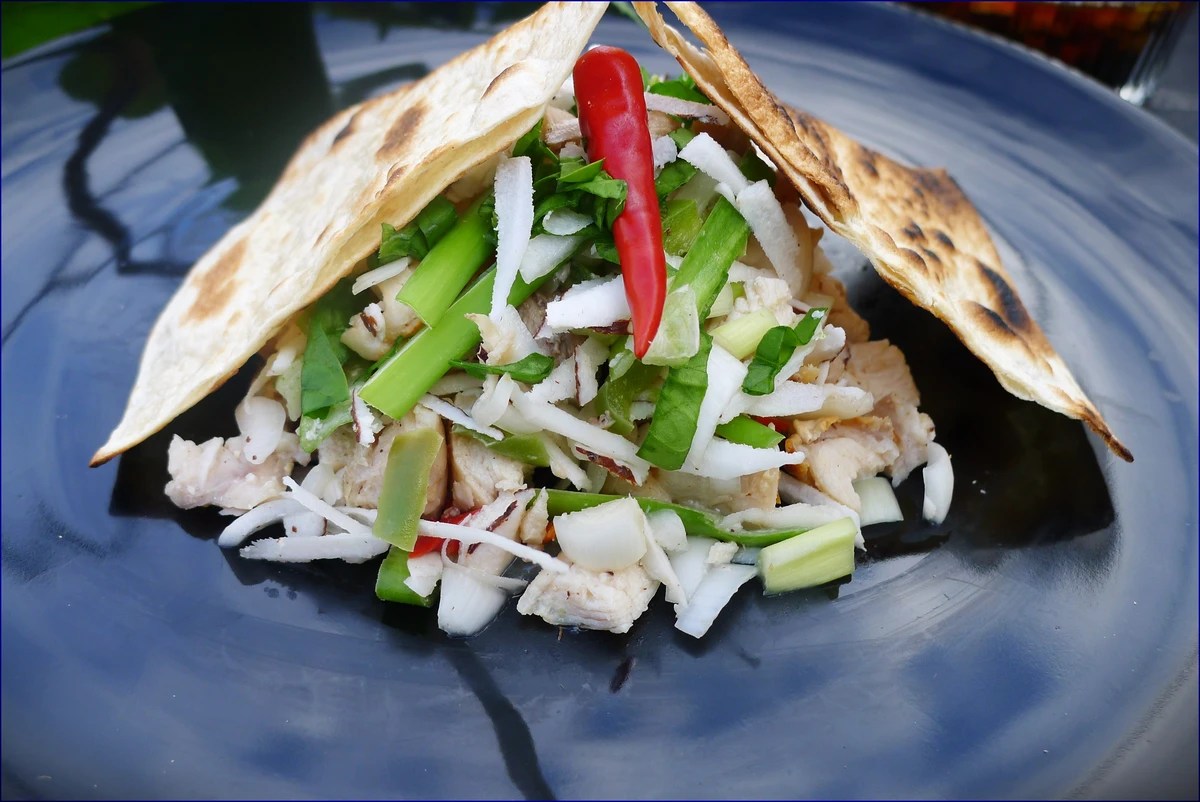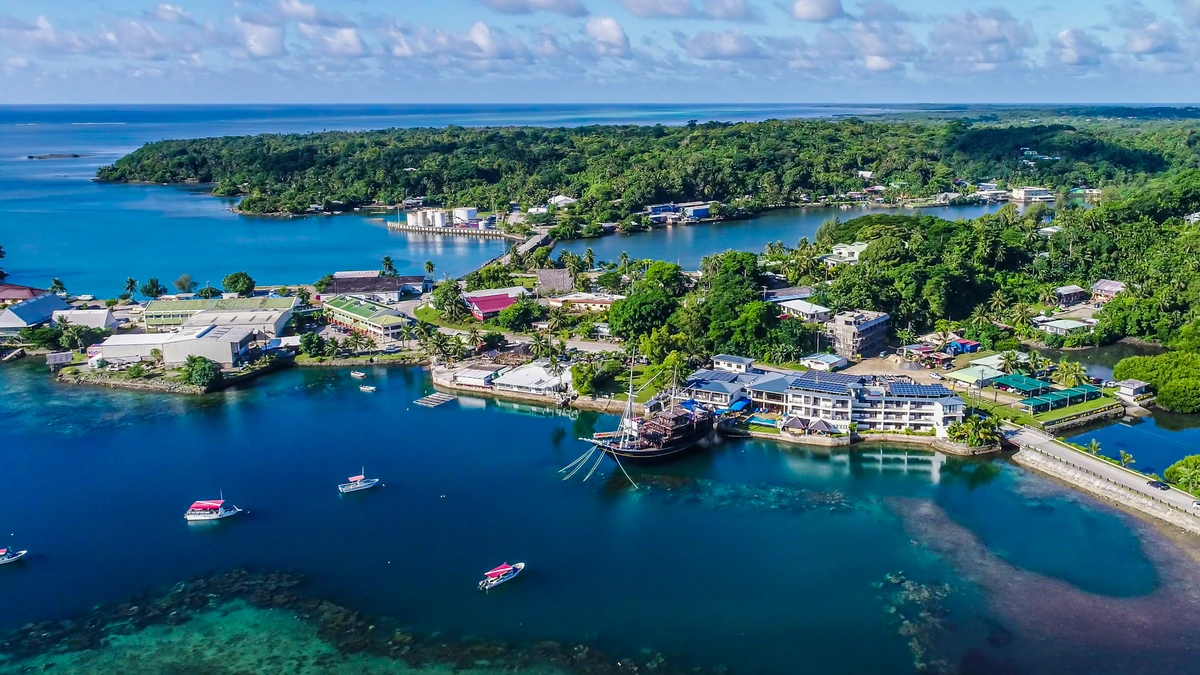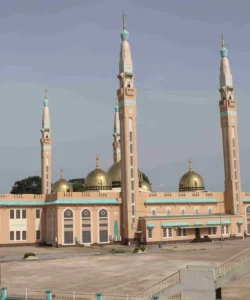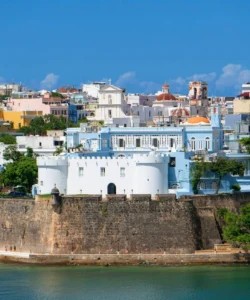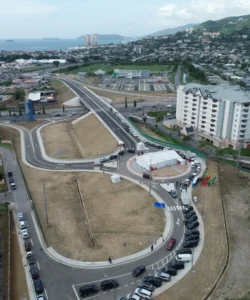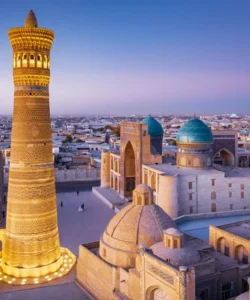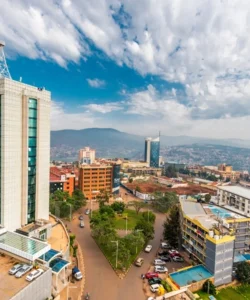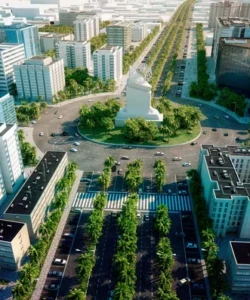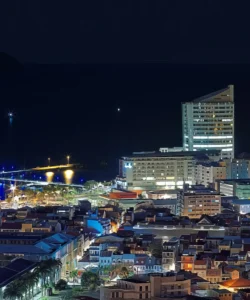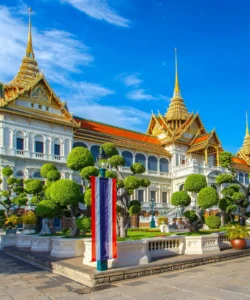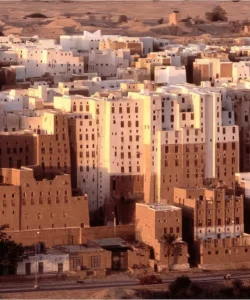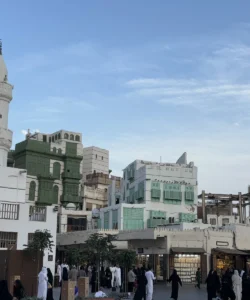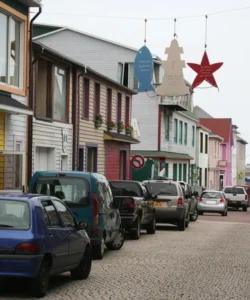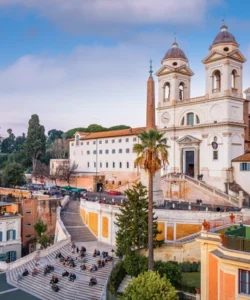The Federated States of Micronesia (FSM) is an independent sovereign island nation and a compact state in free association with the United States. Located in the western Pacific Ocean, it comprises four main island states – Chuuk (formerly Truk), Kosrae, Pohnpei, and Yap – each with distinct cultures and geographies, ranging from high volcanic islands to low-lying coral atolls. FSM is renowned for its rich history (especially WWII), exceptional diving on pristine reefs and wrecks, and diverse indigenous cultures.
![]()
Here’s a comprehensive overview:
- Area: Approximately 702 km² (271 sq mi) of land area spread across a vast oceanic area.
- Population: Estimated at around 116,929 people as of July 2025. The population consists primarily of various Micronesian ethnic groups.
- Language: The official language is English, but each of the four states has its own indigenous language (e.g., Chuukese, Kosraean, Pohnpeian, Yapese).
- Currency: United States Dollar (USD).
- Religion: Predominantly Christian, with a roughly even split between Roman Catholicism and various Protestant denominations. Traditional beliefs often coexist.
- Capital: Palikir (located on Pohnpei).
- Major Cities/Towns: Palikir, Weno (Chuuk), Kolonia (Pohnpei), Tofol (Kosrae), Colonia (Yap).
Attractions & Wonders:
FSM’s attractions are largely focused on its historical significance, particularly World War II, and its pristine natural environment.
- Chuuk Lagoon (Truk Lagoon) (Chuuk State): World-famous as the largest underwater graveyard of ships and planes from World War II. During Operation Hailstone in 1944, the US sank a large portion of the Japanese Imperial Fleet. It’s now an incredible and somber diving destination with dozens of intact wrecks, rich with marine life. A must-visit for serious wreck divers.
- Nan Madol (Pohnpei State): A UNESCO World Heritage Site, this ancient ruined city consists of nearly 100 artificial islets built on a coral reef in a lagoon, made from massive basalt columns. It served as the ceremonial and political seat of the Saudeleur Dynasty. A truly mysterious and impressive archaeological site, often called the “Venice of the Pacific.”
- Lelu Ruins (Kosrae State): The ruins of a vast ancient city, constructed from huge basalt stones, similar in style but distinct from Nan Madol. It was the capital of the Kosraean Kingdom.
- Yap State: Known for its remarkably preserved traditional culture and unique attractions:
- Stone Money (Rai Stones): Giant donut-shaped limestone disks, some up to 4 meters (13 feet) in diameter, used as traditional currency. Found throughout the island, particularly in village “banks.”
- Traditional Dances: Yapese dances are elaborate and culturally significant, often performed by men and women in traditional attire.
- Manta Rays: Yap is one of the best places in the world to reliably see and dive/snorkel with large manta rays.
- Pristine Diving & Snorkeling: Beyond Chuuk’s wrecks, FSM offers vibrant, untouched coral reefs, abundant marine life, and excellent visibility across all states, making it a fantastic destination for divers and snorkelers seeking healthy ecosystems.
- Pohnpei’s Waterfalls: The island of Pohnpei boasts several beautiful waterfalls, including Kepirohi Falls, which are easily accessible.
- Traditional Wayfinding and Navigation: In some outer islands, traditional navigation techniques using stars, waves, and currents are still practiced.
Architecture:
FSM’s architecture predominantly reflects traditional island building techniques, adapted to the local environment and available materials, alongside some modern and colonial influences in administrative centers.
- Traditional Structures:
- Thatched Houses: Village homes are typically constructed from local timber, bamboo, and woven palm fronds for walls and roofs, designed for airflow and to withstand tropical weather.
- Community Houses (Fale, Nakamal, or equivalent): Each island state has its own variations of communal or meeting houses, often more substantial and sometimes decorated.
- Yapese Traditional Structures: Unique to Yap are the impressive traditional men’s houses (Faluw), community houses (Rau), and the “stone money banks,” built with local timber and thatch, showcasing intricate craftsmanship.
- Ancient Ruins (Nan Madol, Lelu): These are monumental examples of prehistoric Micronesian engineering, utilizing massive basalt columns to construct artificial islands and ceremonial centers.
- Colonial Influences: In some administrative centers like Kolonia (Pohnpei), remnants of Spanish, German, and Japanese colonial architecture can be found, though many structures were damaged during WWII.
- Modern Buildings: Limited modern infrastructure exists in the main towns, primarily functional government buildings, small hotels, and shops.
Roads:
Road infrastructure in FSM varies greatly between and within the islands.
- Pohnpei & Chuuk: Have the most developed road networks, with paved roads circling parts of the main islands. However, these can still be in varying states of repair, with potholes common.
- Kosrae & Yap: Roads are generally less developed, with more unpaved and gravel sections, especially outside the main towns.
- Outer Islands: Many smaller and outer islands have very limited or no roads, with travel being primarily by foot or small boats.
- Driving Conditions: Driving is on the right-hand side. Speed limits are low, and drivers are generally relaxed. Be aware of pedestrians, local traffic, and varying road quality. Rental cars are available on the main islands.
Hotels:
Accommodation in FSM is primarily aimed at divers and eco-tourists, consisting of small hotels, dive resorts, and guesthouses. There are no large international chain resorts.
- Pohnpei:
- Mangrove Bay Hotel (Kolonia): Popular with divers and eco-tourists.
- The Village Hotel (Pohnpei): Known for its unique, traditional-style cottages and views.
- Joy Hotel (Kolonia): Offers basic but comfortable rooms.
- Chuuk:
- Truk Stop Hotel: A well-known dive-oriented hotel.
- Blue Lagoon Resort: Another popular dive resort.
- Yap:
- Manta Ray Bay Resort (Colonia): A famous dive resort specifically catering to manta ray encounters.
- Kosrae:
- Kosrae Nautilus Resort: A popular dive resort.
- Pacific Treelodge Resort: Offers eco-friendly accommodations.
Restaurants:
FSM’s culinary scene is generally simple, focusing on fresh, local ingredients, particularly seafood and staple root crops. International cuisine is mainly found in hotel restaurants.
- Hotel Restaurants: Most hotels offer dining options with a mix of local and international dishes (often American, Chinese, or Filipino influenced).
- Local Eateries: In towns, you’ll find small, local “kai” (food) shops or roadside stalls serving simple, traditional meals.
- Fresh Seafood: Abundant and fresh, including various types of fish (tuna, snapper), crab, and lobster.
- Markets: Local markets are great places to find fresh fruits, vegetables, and sometimes prepared local dishes.
Cuisine:
FSM’s cuisine is based on traditional Micronesian staples, often cooked simply and with abundant use of coconut.
- Staple Foods: Root crops like taro, breadfruit, yam, and cassava are fundamental. Bananas (cooking and eating varieties) are also very important.
- Fresh Seafood: A cornerstone of the diet, including various types of fish (often grilled, baked, or made into soups), shellfish, and crustaceans.
- Coconut: Used extensively in cooking, for coconut cream, and for drinking fresh coconut water.
- Pork & Chicken: Common meats, often served grilled or in stews.
- Sashimi: Fresh tuna sashimi is widely available and very popular.
- Taro/Breadfruit Chips: Often made and sold locally.
- Various Local Soups: Hearty soups incorporating local vegetables and meats.
- Tropical Fruits: Wide variety of fresh fruits like mangoes, papayas, citrus, and various local fruits.
- Betel Nut: While not food, chewing betel nut (with lime powder and mustard stick) is a widespread cultural practice in some states, particularly Yap.
- Fermented Breadfruit: In some areas, breadfruit is fermented for preservation, providing a unique flavor and texture.
